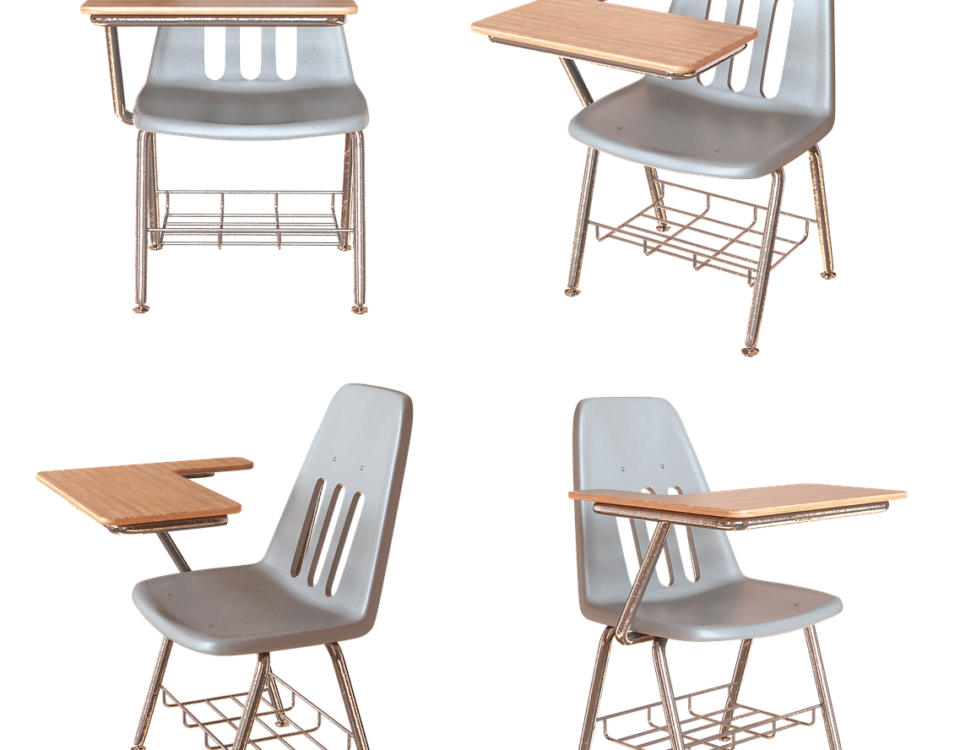Characteristics of Fused Deposition Modeling (FDM) Rapid Prototyping Process

Basic Principles of Fused Deposition Modeling (FDM) Process
February 14, 2025
Fused Deposition Modeling (FDM) Rapid Prototyping Materials
February 14, 2025Fused Deposition Modeling (FDM) is a widely adopted rapid prototyping technology, renowned for its distinct advantages over other molding methods. These advantages make it a popular choice across industries. Below are the key characteristics and benefits of the FDM process:
1. Simple System Design and Operation
FDM utilizes patented thermal extrusion technology, making the system design straightforward and easy to operate. This simplicity contributes to lower maintenance costs and enhanced operational safety, making it a practical choice for a variety of applications.
2. Non-Toxic Materials and Safe Working Environment
One of the standout features of FDM is that it can use non-toxic materials, making it safe for use in office environments. This characteristic enables the use of FDM technology in settings where safety and comfort are crucial, without the need for specialized ventilation or other safety measures that are typically required in industrial environments.
3. Wax Models for Investment Casting
Parts created with wax in the FDM process can directly serve as models for investment casting. This makes it especially useful for industries like jewelry or metal parts manufacturing, where precise molds are necessary for the casting process.
4. Capability to Produce Complex Geometries
FDM excels at producing parts with intricate internal features, such as cavities, channels, and holes. This ability to create complex geometries is one of its most significant advantages, making it highly suitable for prototyping parts with detailed internal structures that would be difficult or impossible to achieve with traditional manufacturing methods.
5. No Chemical Changes in Materials During Forming
The materials used in the FDM process do not undergo any chemical changes during the molding process. This results in minimal warping or distortion of the final part, ensuring the dimensional stability and accuracy of the prototypes.
6. High Material Utilization and Long Material Lifespan
FDM boasts high material utilization, meaning less waste is produced during the manufacturing process. Additionally, the materials used have a long lifespan, ensuring that they maintain their quality and usability over time, contributing to cost-effectiveness in both short-term and long-term projects.
7. Easy Support Removal
Unlike some other additive manufacturing processes that require complex chemical cleaning to remove support structures, FDM offers simple and easy support removal. This process does not require chemical baths, making it more convenient and cost-efficient. The supports are easily separated from the model, enhancing overall workflow.
8. Direct Color Prototype Production
FDM also allows for the direct production of colored prototypes, a feature that makes it highly suitable for industries requiring realistic, color-accurate models. This capability adds flexibility and visual appeal to prototypes, which can be beneficial for design and product evaluation processes.
Drawbacks of FDM Technology
Despite its many advantages, FDM does have some limitations:
- Surface Finish with Visible Striations: One of the most noticeable drawbacks of FDM is the visible striations or layer lines on the surface of the finished part. These lines are a result of the additive layer-by-layer process and may require additional post-processing to smooth the surface for specific applications.
- Weak Strength Along the Z-Axis: Parts printed in the vertical direction (along the Z-axis) often exhibit lower strength compared to other directions. This is due to the layer-by-layer bonding process, which can create weak points along the height of the model. Additional design considerations may be necessary for parts that need to bear weight or stress in this orientation.
- Support Structures Required: FDM parts typically require support structures to maintain the shape of overhangs or complex geometries during the printing process. These supports need to be designed and fabricated in tandem with the model, which can increase the overall design time and complexity.
- Longer Manufacturing Time: Since FDM requires the scanning and coating of each cross-section, the overall forming time for a prototype can be longer compared to other rapid prototyping technologies. This may be a consideration for projects that require fast turnaround times.
- Expensive Materials: The cost of the raw materials used in FDM can be relatively high. This can be a limiting factor, particularly for projects with a tight budget or those requiring large volumes of material.
Conclusion
The FDM rapid prototyping process offers a wide range of benefits, including simplicity, the ability to create complex geometries, and material efficiency. It is particularly advantageous for industries that require intricate and precise models, such as casting or design validation. However, it also comes with certain limitations, such as surface finish issues, strength concerns along the Z-axis, and the need for support structures. Understanding these strengths and weaknesses can help businesses optimize the use of FDM technology and choose the right materials and settings for their specific needs.


